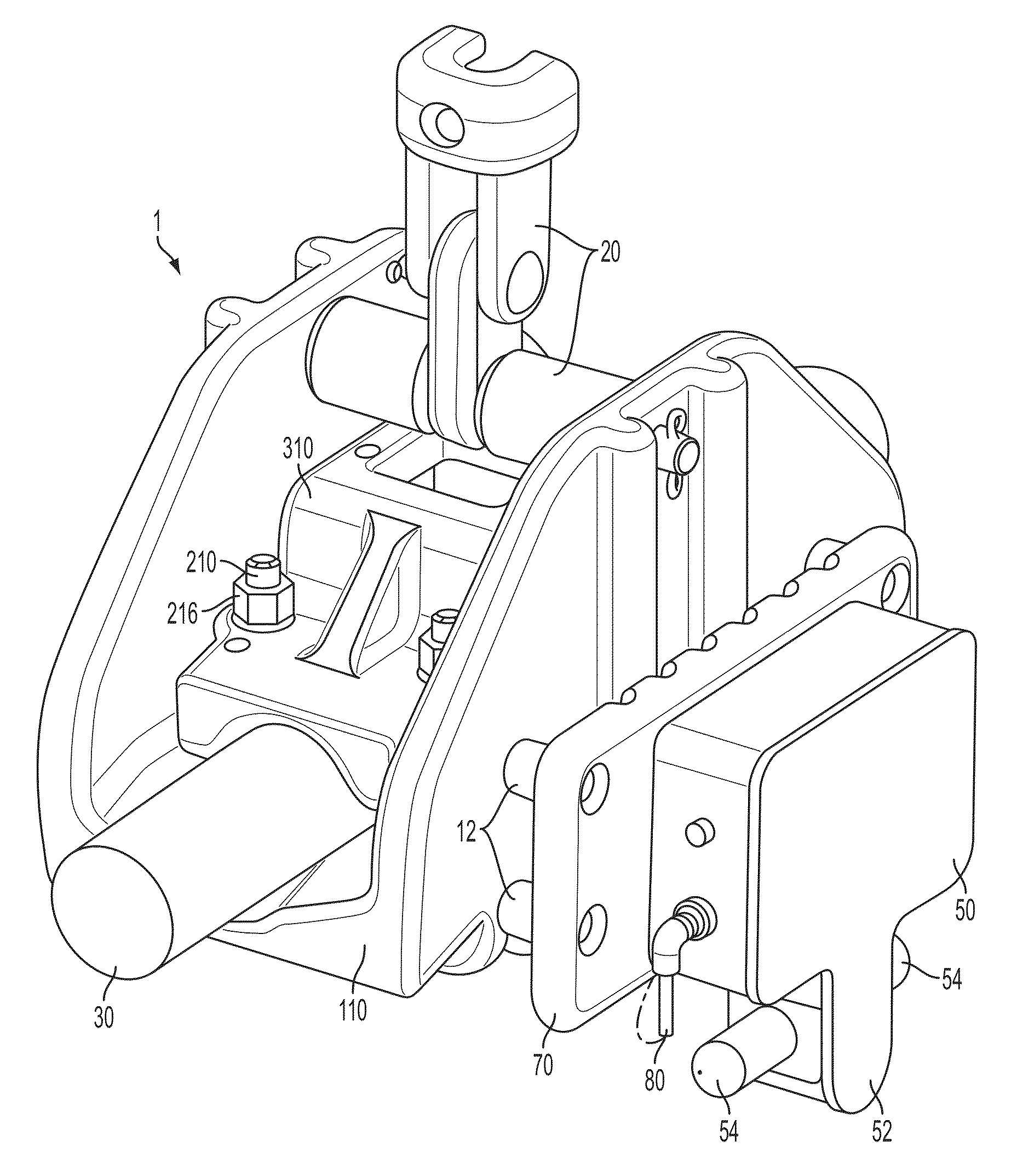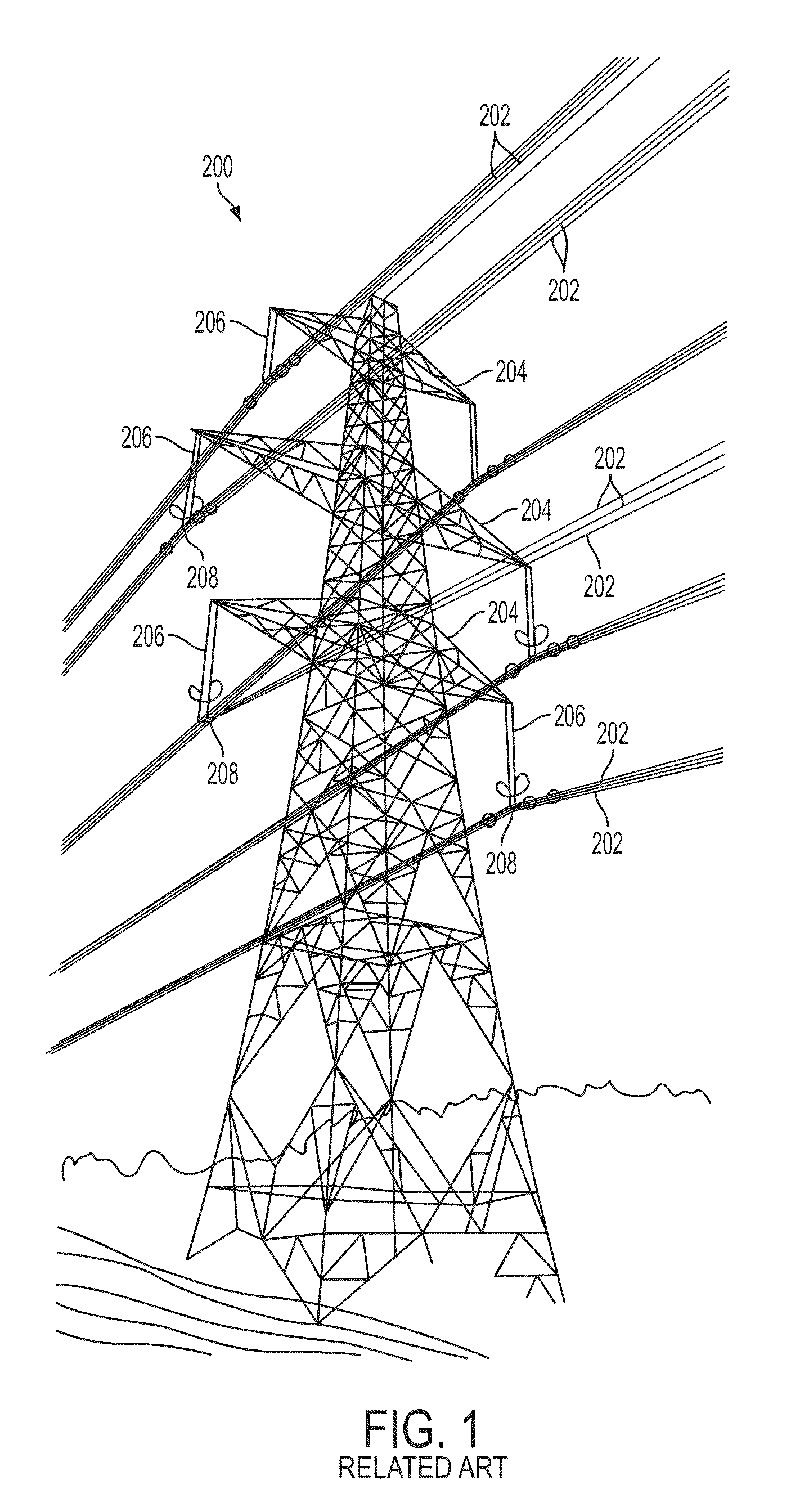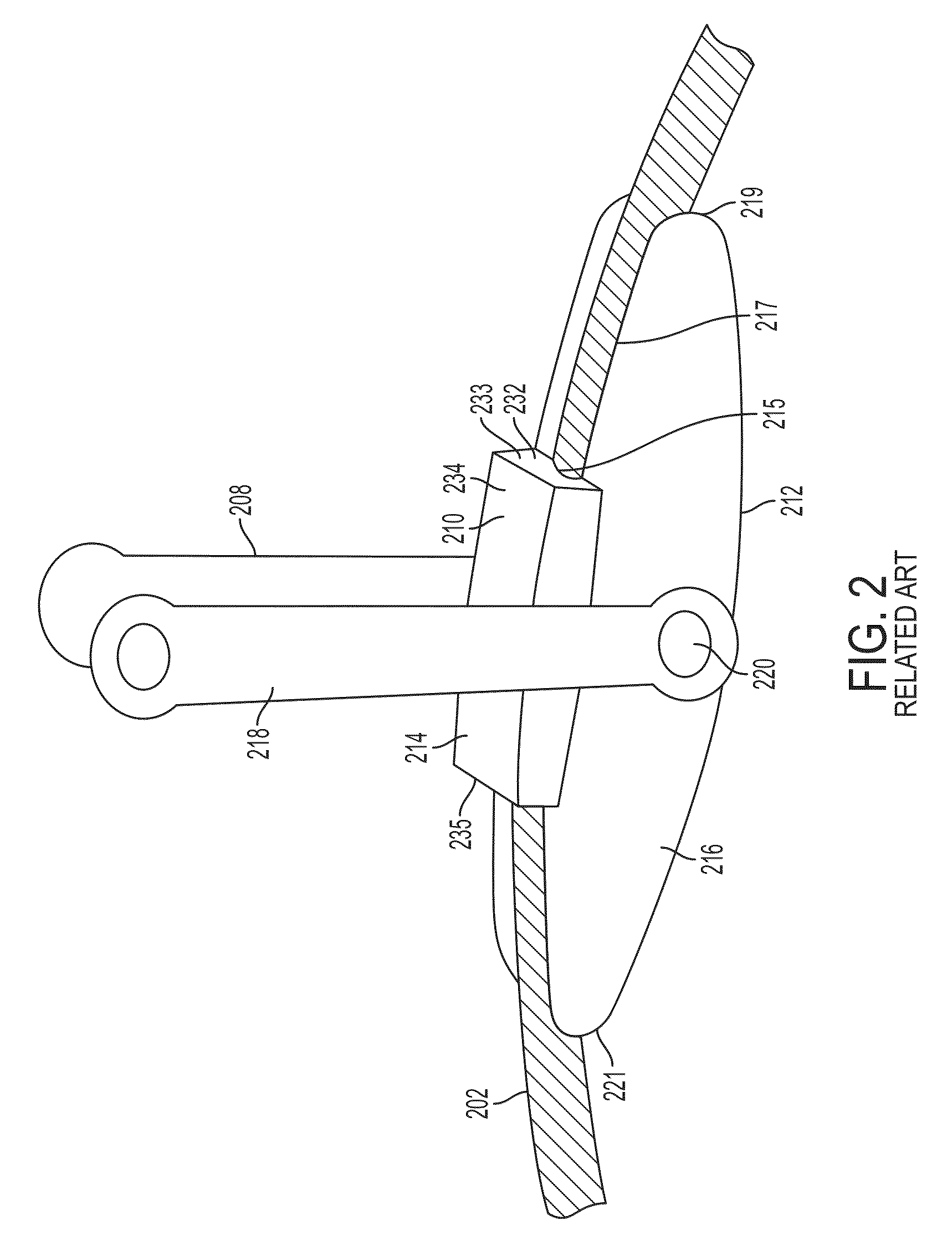Apparatuses, systems and methods for determining effective wind speed
a technology of effective wind speed and apparatus, applied in the field of data collection, can solve problems such as problems such as problems such as problems such as implementation, and achieve the effects of improving the accuracy of low-speed and high-speed wind velocity measurements, facilitating proper radio and gps operation, and long-term reliability
- Summary
- Abstract
- Description
- Claims
- Application Information
AI Technical Summary
Benefits of technology
Problems solved by technology
Method used
Image
Examples
Embodiment Construction
[0055]This description is provided to assist with a comprehensive understanding of illustrative embodiments of the present invention described with reference to the accompanying drawing figures. Accordingly, those of ordinary skill in the art will recognize that various changes and modifications of the illustrative embodiments described herein can be made without departing from the scope and spirit of the present invention. Also, descriptions of well-known functions and constructions are omitted for clarity and conciseness. Likewise, certain naming conventions, labels and terms as used in the context of the present disclosure are, as would be understood by skilled artisans, non-limiting and provided only for illustrative purposes to facilitate understanding of certain illustrative implementations of the embodiments of the present invention.
[0056]Data Acquisition Device Overview
[0057]FIGS. 5-21 illustrate illustrative embodiments of the present invention that provide for a method, sy...
PUM
 Login to View More
Login to View More Abstract
Description
Claims
Application Information
 Login to View More
Login to View More - R&D
- Intellectual Property
- Life Sciences
- Materials
- Tech Scout
- Unparalleled Data Quality
- Higher Quality Content
- 60% Fewer Hallucinations
Browse by: Latest US Patents, China's latest patents, Technical Efficacy Thesaurus, Application Domain, Technology Topic, Popular Technical Reports.
© 2025 PatSnap. All rights reserved.Legal|Privacy policy|Modern Slavery Act Transparency Statement|Sitemap|About US| Contact US: help@patsnap.com



